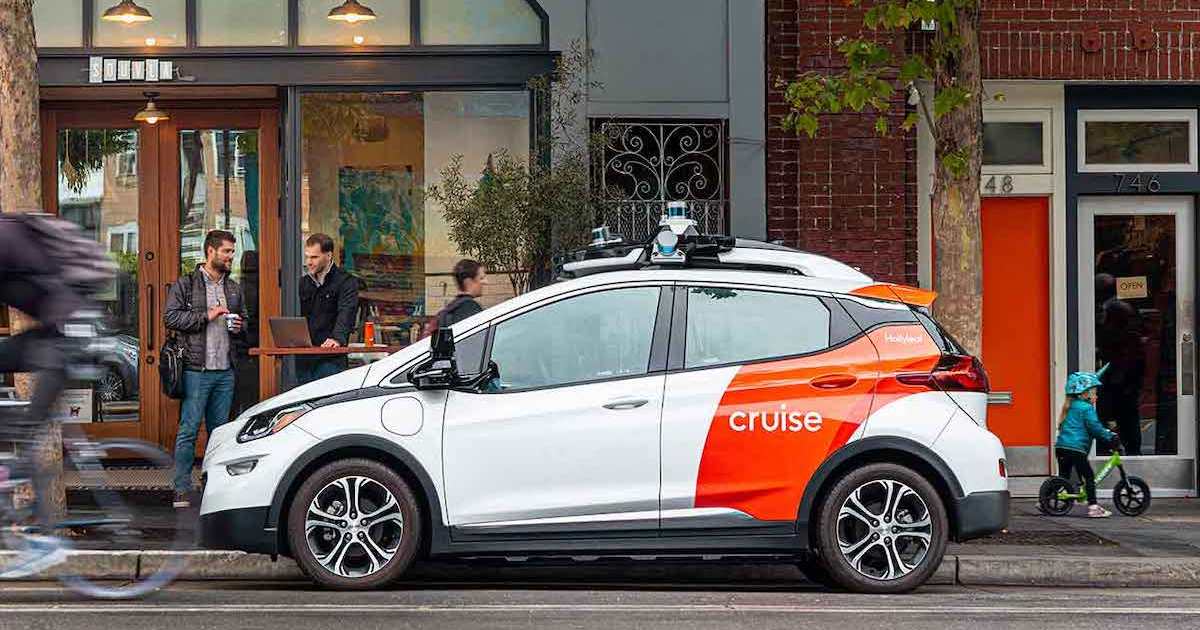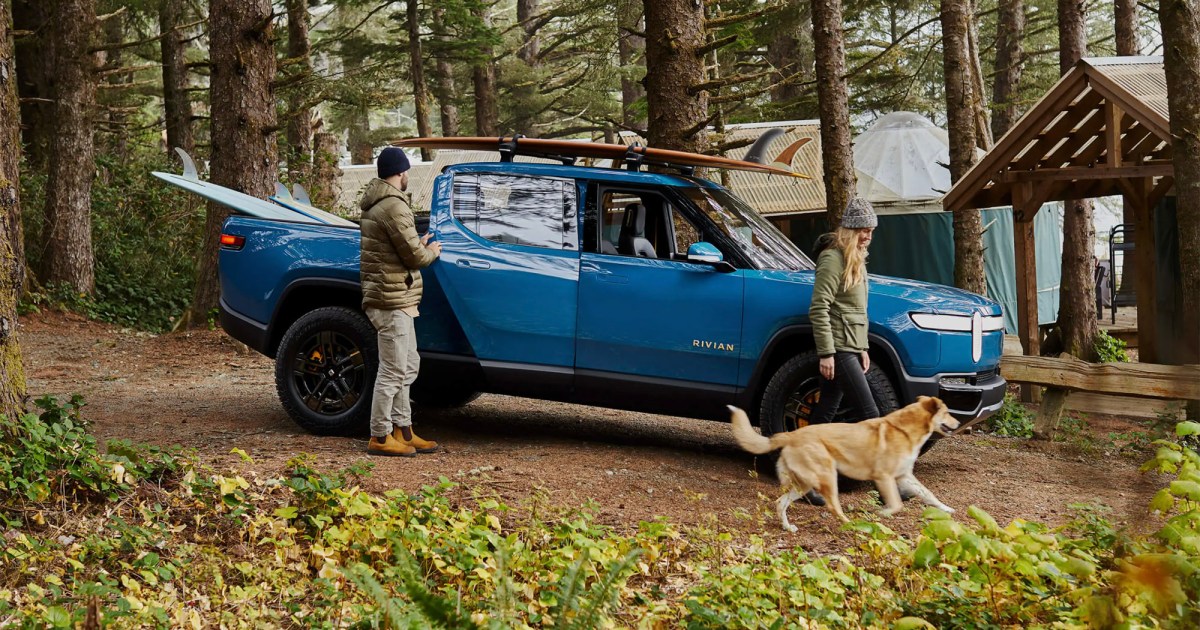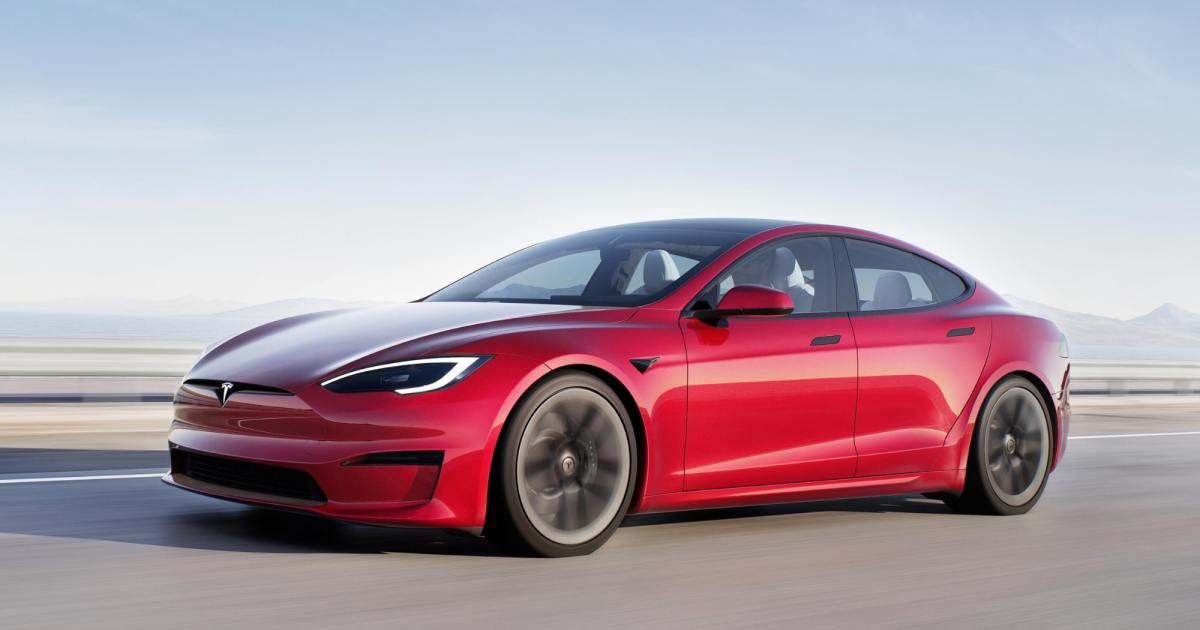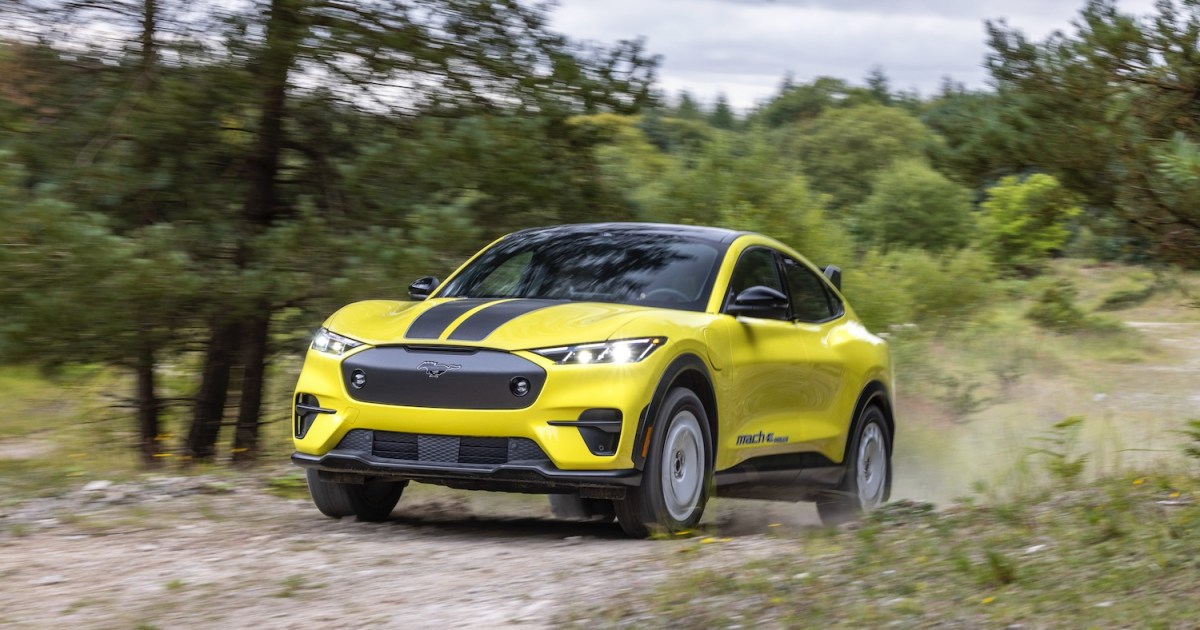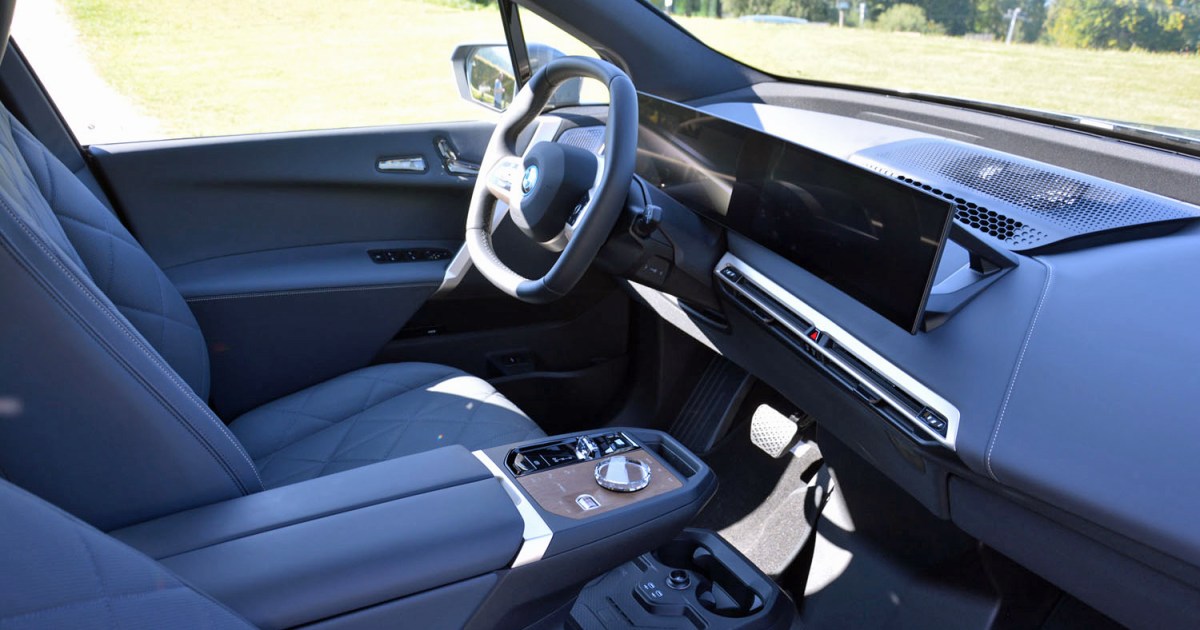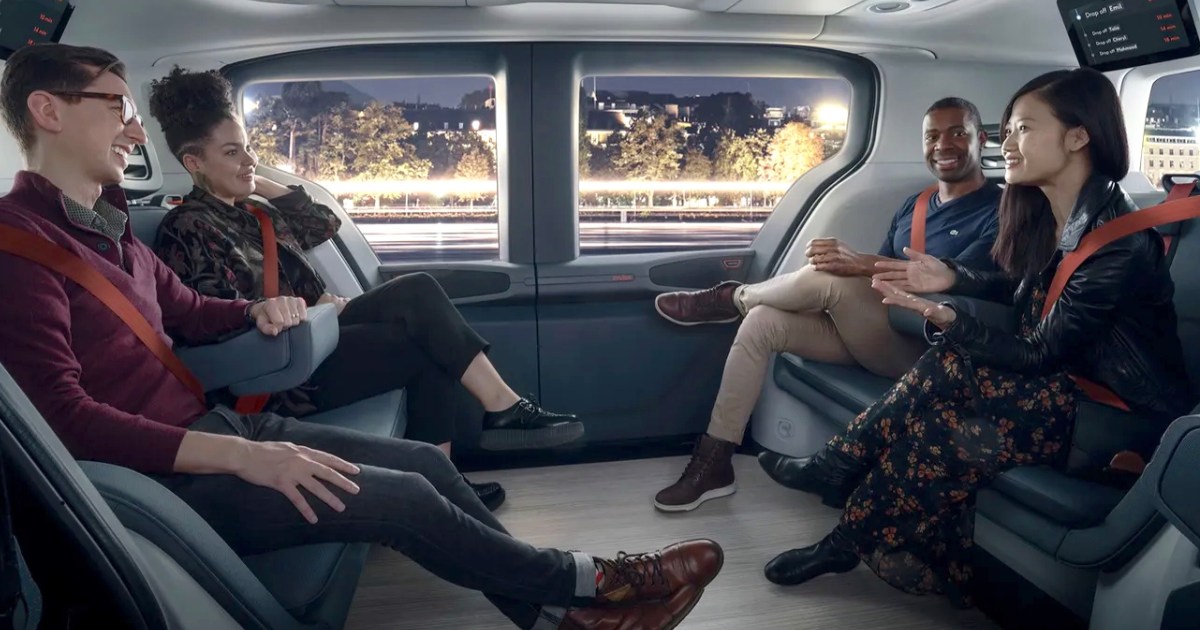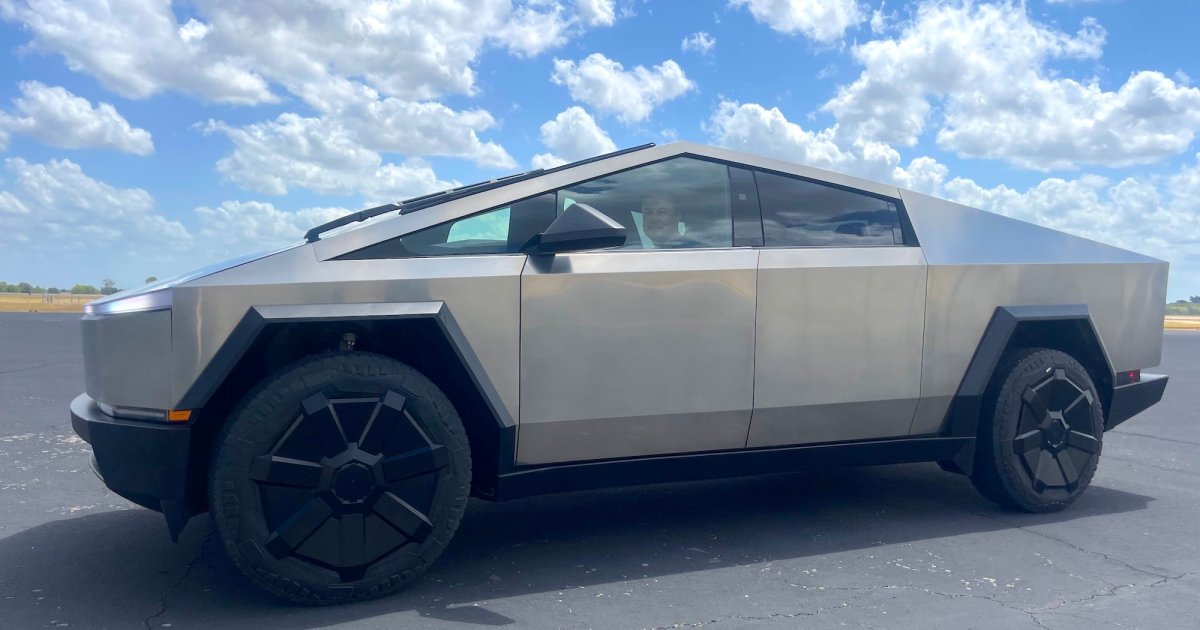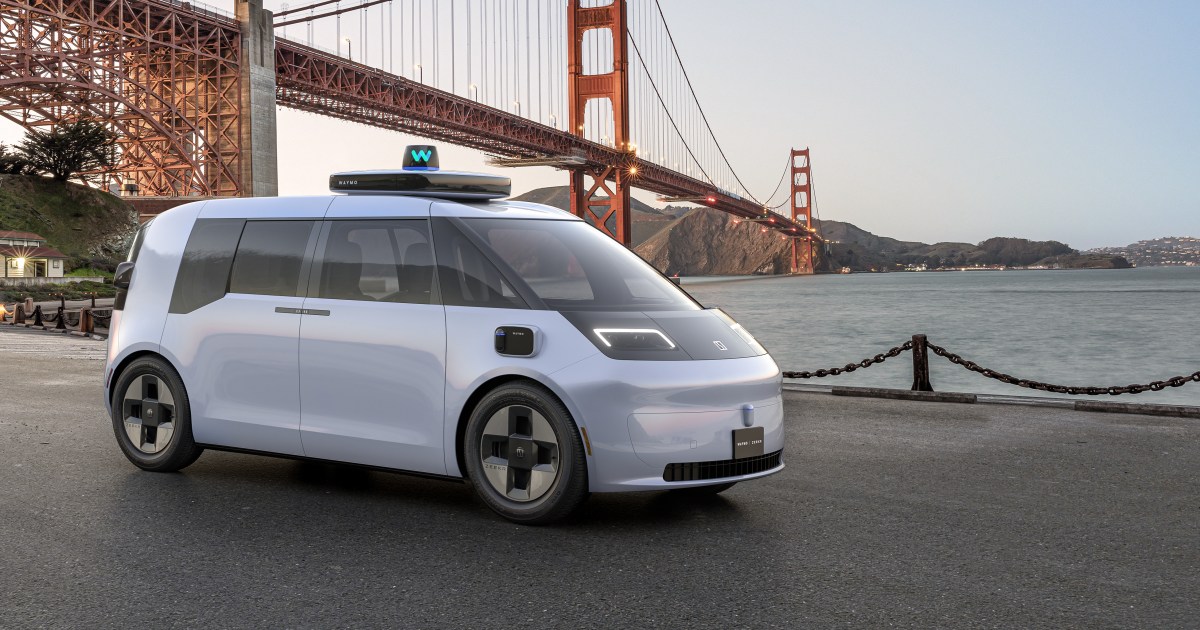The California Department of Motor Vehicles (DMV) has ordered autonomous vehicle company Cruise to reduce its robotaxi fleet operating in San Francisco by 50% following a collision with a fire truck. The incident, which occurred on Thursday, resulted in minor injuries to the passenger of the driverless Cruise vehicle.
The DMV is currently investigating this and other “recent concerning incidents” involving Cruise’s autonomous vehicles on San Francisco’s public roads. This action follows close on the heels of a decision by the California Public Utilities Commission (CPUC) to grant both Cruise and Waymo permission to expand their paid robotaxi services to 24/7 operation within the city.
As a result of the DMV’s request, Cruise, backed by General Motors, will now operate a maximum of 50 autonomous vehicles during daylight hours and 150 at night, pending further notice. The DMV stated that the “safety of the traveling public is the California DMV’s top priority.”
Cruise’s San Francisco General Manager, Greg Dietrerich, addressed the incident in a blog post, emphasizing the company’s concern for the passenger’s well-being. He acknowledged the complexity of the situation, explaining that the intersection where the crash occurred presents visibility challenges for both human drivers and autonomous driving systems.
Dietrerich explained that the Cruise vehicle was tracking the fire truck but its path was complicated by the emergency vehicle’s maneuver into the oncoming lane to bypass a red light. Although the Cruise AV initiated braking to reduce speed after identifying the collision risk, it was unable to prevent the impact.
While defending Cruise’s technology, Dietrerich highlighted the company’s more than 3 million miles of fully autonomous driving in San Francisco, during which its vehicles have encountered numerous emergency vehicles. He emphasized the company’s commitment to continuous improvement, acknowledging the inevitability of challenging situations.
This incident is the latest in a series of issues involving autonomous vehicles operated by both Cruise and Waymo in San Francisco. Both companies aim to expand their robotaxi services to other cities in the future. Recent incidents include a Waymo car stuck in wet concrete, a Cruise vehicle involved in a low-speed collision with an articulated bus, Waymo cars repeatedly visiting a dead-end street, and autonomous vehicles struggling to navigate in San Francisco’s notorious fog. The CPUC’s recent decision to expand robotaxi operations contradicted calls from San Francisco officials to slow down the expansion until the technology demonstrates greater reliability.
The recent crash and subsequent fleet reduction underscore the ongoing challenges and safety concerns surrounding autonomous vehicle technology. As these companies strive to refine their self-driving systems, incidents like this highlight the need for continued scrutiny and rigorous testing to ensure public safety.
This incident raises questions about the readiness of autonomous vehicles for widespread deployment and the balance between technological advancement and public safety. The DMV’s investigation will play a crucial role in determining the future of autonomous vehicle operations in San Francisco and beyond.



